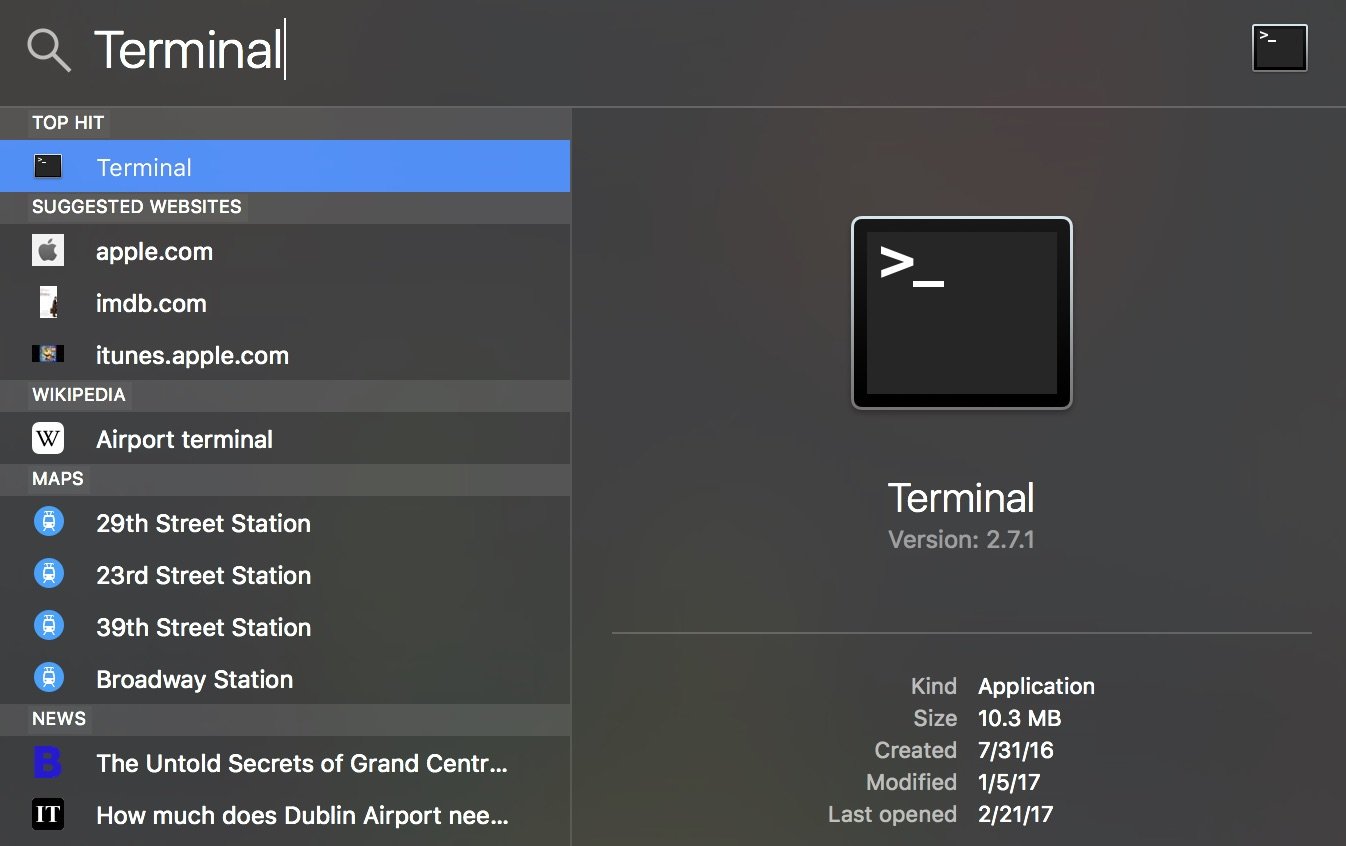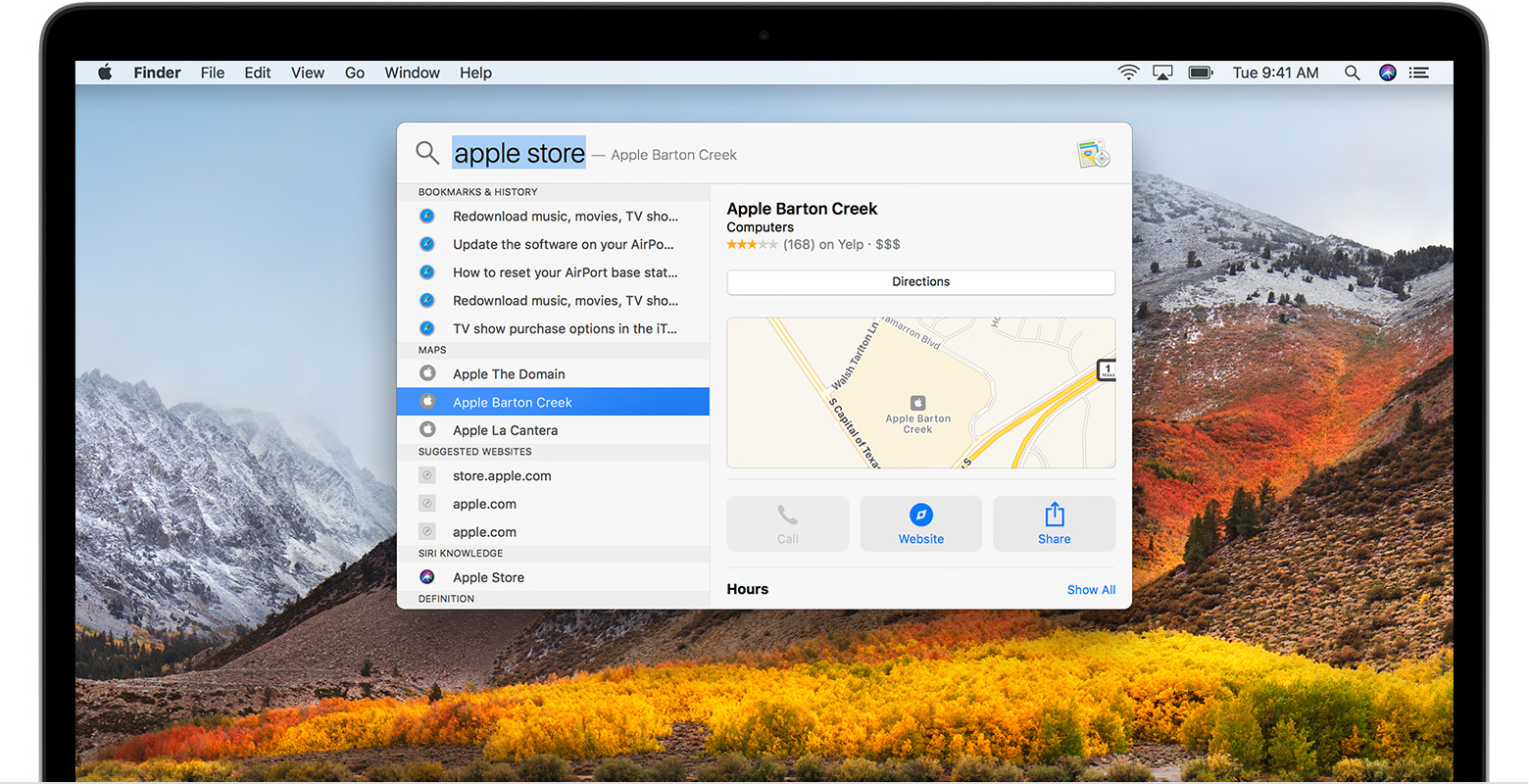I'd like to find all files that contain a certain string of text. How would you do that in the Terminal?
To add the file type, type the extension in the “Add New Extension to List” box and then click the “Add” button. By default, Windows Search will use a plain text filter to search the contents of those types of files, since another app is not associated.
Grand theft auto 4 free download - TypeIt4Me, and many more programs. About GTA 4 Download MAC and PC Grand Theft Auto IV is an action game, being the next installment of the best-selling and controversial cycle, with its roots dating back to 1997. This title was created on the tenth anniversary of the series, showing the fate of individual criminals who, starting from a mere errand boy and a dirty work specimen. Gta iv free download - Patrician IV, Myst IV Revelation Patch, Myst IV Music Player, and many more programs. Free gta 4 download for mac os.
Chealion Svish
Svish5 Answers
Ignacio Vazquez-AbramsIgnacio Vazquez-Abrams- Through Ack
brew install ack ack 'text goes here'
- Through find
find . |grep 'text goes here'
- Through grep
grep -RnslI 'text goes here'
You can choose one of the below depending on your taste and needs. Supposing you need to search for files containing text - 'async', recursively in current directory, you can do so in one of the ways like below:

Easyworship 2009 build 2.4 serial number. Using grep
Using ack https://newquest548.weebly.com/can-i-download-ms-project-on-a-mac.html.
Ignacio's Answer is great and helped me find the files containing certain text. The only issue I was facing was that when running this command all the files would be listed, including one where the pattern did not show up.
No such file or directory This is what I see alongside files that do not contain the pattern.
If instead you add -s to the command, as in:grep -lr 'text pattern' ./ -s ; grep -lr 'text pattern' [PATH DIRECTORY] -s is used, it will only show you which files contain the pattern.
Similarly if grep -nr 'text pattern' ./ -s ; grep -nr 'text pattern' [PATH OF DIRECTORY] -s command is used it prints the file plus the line number, and occurrence of the pattern.
Please correct me if my understanding is wrong.
Not the answer you're looking for? Browse other questions tagged macosmacunixterminalsearch or ask your own question.
While in OS X people often copy individual files or small groups of files between locations using the Finder, there are times when you might copy hundreds if not thousands of files at a time, especially for the purposes of backing up or migrating data from one drive to another. https://detemcheipa.tistory.com/6. For the most part, the Finder's copying process is perfectly adequate for moving these files; unfortunately it does have some drawbacks that can hinder the copying process.

Search For Text In Files Windows 10
When the Finder copies files, it first catalogs all files to be copied and then treats the copy process as one all-or-nothing copy routine. Because of this, if you copy multiple files and there is an error in accessing one, then the system will cancel the entire process and revert the system to its state before the files were moved. This setup is good from some standpoints since it ensures that all files were copied properly; however, it can be frustrating if you are trying to recover as many files as possible from one location such as a hard drive with bad sectors.
One approach to overcoming errors that prevent a full copy process is to copy in smaller batches, but this can be time-consuming and impede on organization. Another approach that may be more successful is to use the OS X Terminal to perform the copy. There are several commands that can be used to copy files from one location to the next in the Terminal, and using them is fairly straightforward.
First ensure that you have both the source files and your copy destination mounted and available on your system so you can see them in the Finder. Then open the OS X Terminal and perform the following steps:
Usgs download office for mac. Hi MWALIMCan you pleaseexplain this in more detail, what error or difficulty are you having downloading Office 2019Do you have a previous version of Office installed on your PC?If so, use this tool from Microsoft to remove all remnants of any previous Office Installation:Restart your PCGo to and if you're not already signed in, select Sign inOn the Office home page, select Install Office - Install Power to the Developer! MSI GV72 - 17.3', i7-8750H (Hex Core), 32GB DDR4, 4GB GeForce GTX 1050 Ti, 256GB NVMe M2, 2TB HDD.
Mac Terminal Find
- Enter your copy command and options.
There are many commands that can copy files, but the three most common ones are 'cp' (copy), 'rsync' (remote sync), and 'ditto.' As with any terminal command, each of these is a separate program that can take optional flags to tailor its behaviors for your needs, such as allowing it to preserve permissions on the copied files, or allow it to copy recursively into directories, and so on. These options can be looked up in the manual pages for each program, which can be done by typing 'man cp' or 'man ditto' in a Terminal window (or doing a Google search), but for most purposes the following options should be adequate:Microsoft outlook for mac 16.9 insert as text outlook. cp -av
rsync -av
ditto -v - Specify your source files
With one of the above commands and flags typed, continue by typing a single space and then drag the parent folder of your source files to the Terminal window. When you do this the full path to the folder will be input at the cursor along with a single space. Remove this space by pressing the delete key once, and then type '/*' to tell the command to specify all items within the parent folder (otherwise the parent folder itself will be the target). At this point the command should look similar to the following:rsync -av /path/to/source/* Precision tune auto care san mateo ca.
Then, you can download the Netflix app for Windows and use it to download content from Netflix legally. Streaming from an iPad: The Netflix app for iPads supports, which allows wireless streaming of multimedia content between Apple devices. Download american netflix on mac desktop. You'll need a copy of Windows 10 to install on a Mac, though, so this isn't an inexpensive alternative.
- Specify your destination folder
After you have entered the slash and asterisk characters, enter a space and then locate the folder where you would like to copy the files and drag it to the Terminal window. As with the source folder this should enter the full path to the destination folder. This time instead of adding a slash and an asterisk to the end, only add a single slash so the command looks like the following:rsync -av /path/to/source/* /path/to/destination/
This command now tells the computer to run the 'rsync' command (or other copy command you've chosen), and use the 'a' and 'v' options for this command (in this case they are for 'archiving' and 'verbose' mode to ensure all files are copied as-is and list them as they are being copied). It then tells the system to target all files within the source directory and put them within the destination directory. At this point, pressing Enter will run the command, and copy the files. Apple mac and antivirus software.
Unlike the Finder's copy process, if an error occurs, then these commands will leave the successfully copied files and likely output a warning or other reason why the error occurred, and also provide an active list of the files that were copied so you can both determine what was successful and what caused any errors, and be able to address the problem only for the faulty files instead of having to copy everything over and over again.
Questions? Comments? Have a fix? Post them below or e-mail us!
Be sure to check us out on Twitter and the CNET Mac forums.